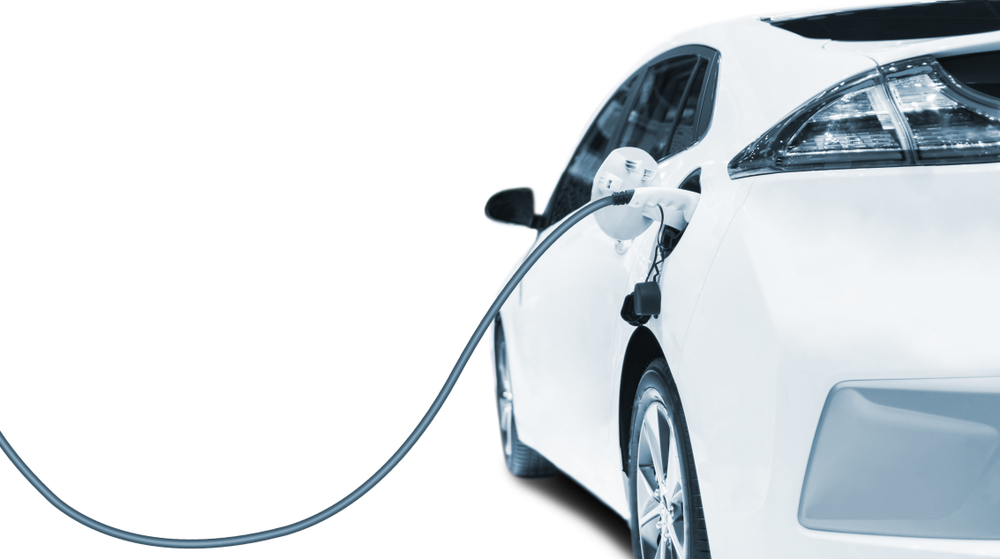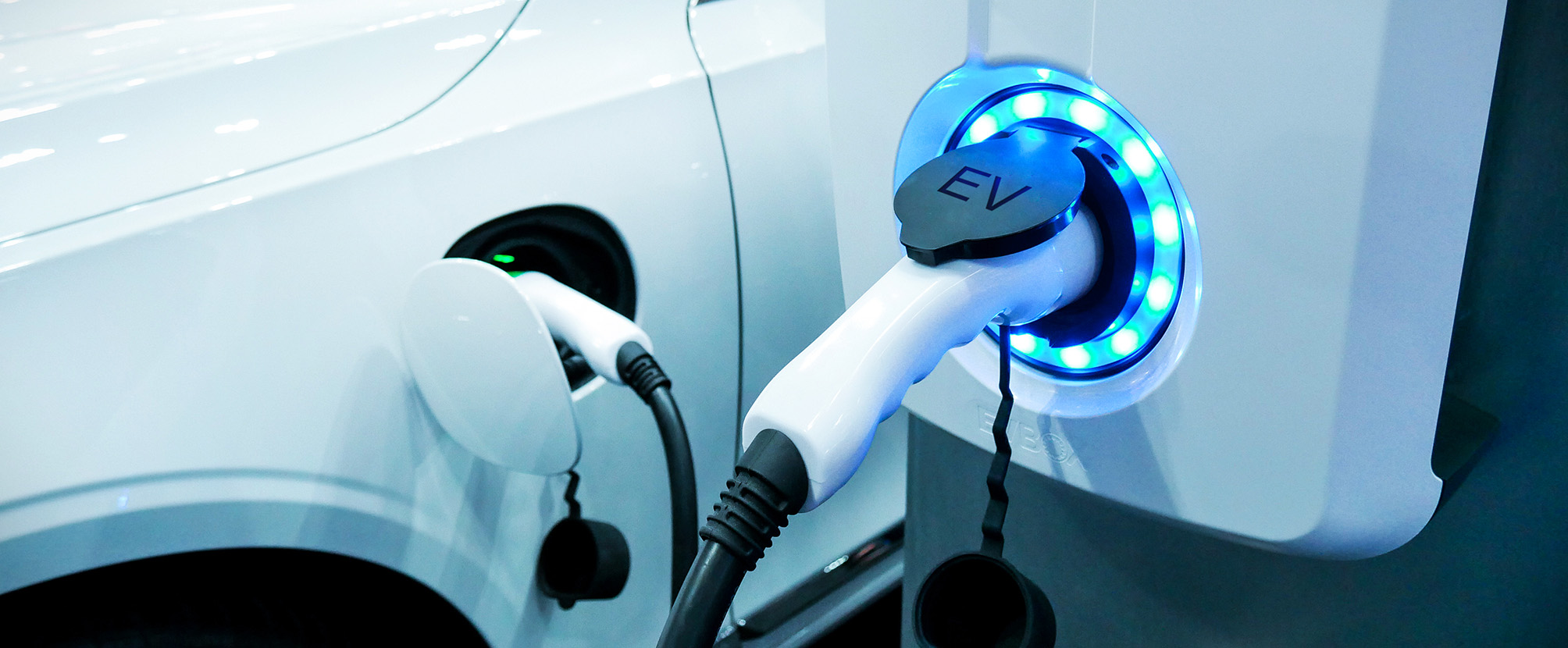In the ever-evolving landscape of transportation, electric vehicles (EVs) have become increasingly popular as eco-friendly alternatives to traditional gasoline-powered cars. If you’re new to the world of electric vehicles and wondering how they charge, fear not. This guide will walk you through the basics of EV charging, focusing on the options available and the ins and outs of charging at home.
The Basics of Electric Vehicle Charging
Electric vehicles are powered by electricity stored in a battery, eliminating the need for gasoline. Charging an EV involves replenishing this battery’s energy, and there are various methods and charging levels to consider.

Charging Levels:
- Level 1 (120V): This is the most basic charging option and typically involves plugging your EV into a standard household electrical outlet. While it is the slowest option, Level 1 charging is convenient for overnight charging at home.
- Level 2 (240V): More common at public charging stations and popular for home installations, Level 2 charging is faster than Level 1. It is suitable for daily charging needs, providing a full charge in a matter of hours.
- DC Fast Charging (480V): This is the fastest charging option available, mainly found at public charging stations. DC Fast Charging can recharge an EV to 80% capacity in approximately 30 minutes, making it ideal for long-distance travel.
Charging at Home
One of the most convenient aspects of owning an electric vehicle is the ability to charge it at home. Here are the key elements involved in home charging:
1. Home Charging Stations:
Installing a Level 2 home charging station is a game-changer for EV owners. These stations, also known as Electric Vehicle Service Equipment (EVSE), are faster than a standard household outlet and are specifically designed for EVs. They typically require professional installation, and many electric utilities offer rebates or incentives to help offset the cost. Talk to experts like Voltco who can advise you on EV charger installation at home.
2. Understanding Charging Speeds:

The charging speed at home depends on the power level of your charging station and the capacity of your EV’s onboard charger. For instance, a 7.2 kW Level 2 charging station will charge a vehicle faster than a 3.6 kW station. It’s essential to match your charging station with your EV’s capabilities.
3. Cost Considerations:
Charging an electric vehicle at home is generally more cost-effective than refuelling a traditional gasoline vehicle. The cost of electricity is typically lower per mile than the cost of gasoline, offering potential savings over time. Many utilities also offer time-of-use rates, allowing you to charge during off-peak hours for additional savings.
4. Smart Charging:
Some home charging stations come with smart features, allowing you to schedule charging during off-peak hours, monitor energy usage, and even integrate with renewable energy sources. Smart charging can optimize your charging routine for both cost savings and environmental impact.
5. Potential Challenges:
While home charging is convenient, it may not be feasible for everyone. Renters, for example, may face challenges in installing a dedicated charging station. However, public charging infrastructure is continually expanding, making it more accessible for those who can’t charge at home.
The Future of EV Charging
As the popularity of electric vehicles continues to grow, advancements in charging infrastructure are on the horizon. Governments, automakers, and private companies are investing in expanding public charging networks, reducing charging times, and improving overall accessibility.
Conclusion
Electric vehicle charging may seem complex at first, but it becomes more straightforward as you familiarize yourself with the available options. Charging at home is a convenient and cost-effective solution for many EV owners, offering a seamless experience for daily commuting and ensuring your vehicle is always ready for the road ahead. As technology continues to advance, the future of electric vehicle charging promises even greater accessibility and efficiency, making EV ownership an increasingly attractive and sustainable choice for the modern driver.





